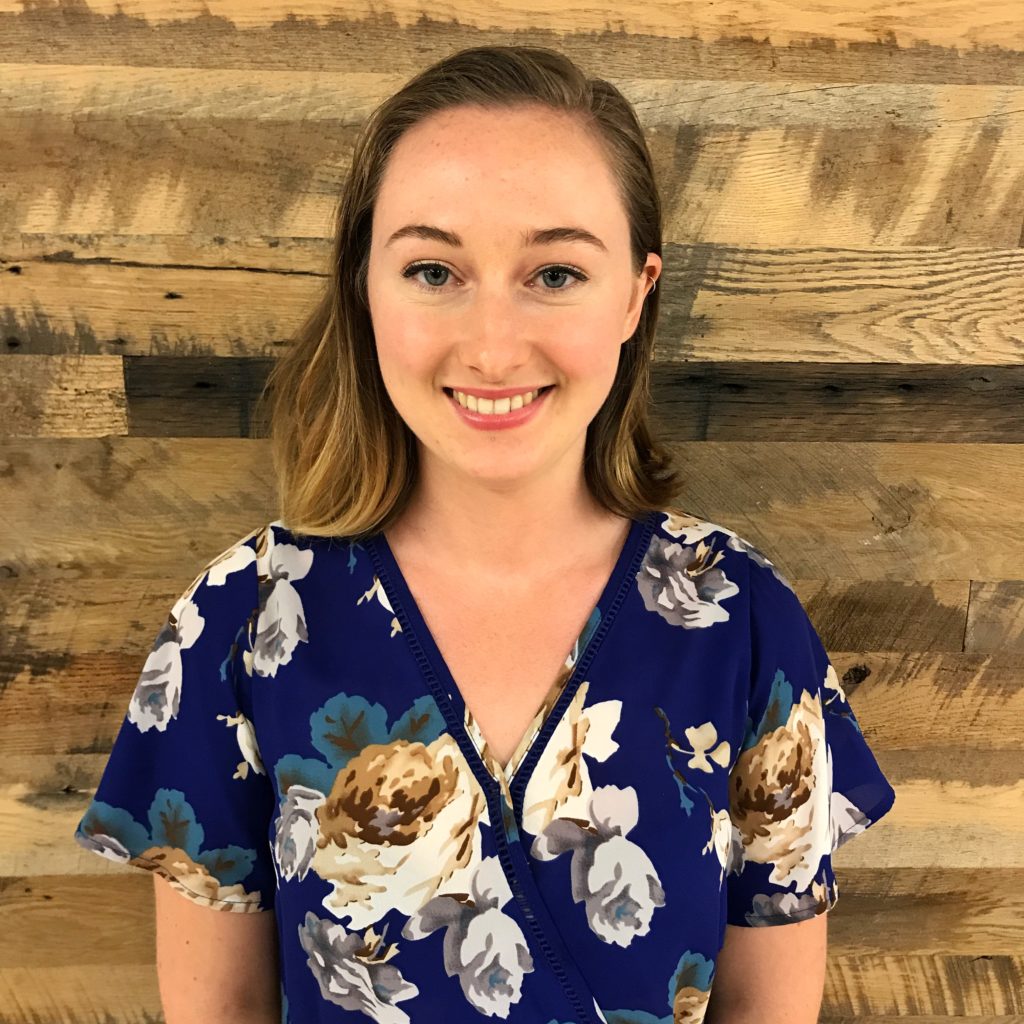As I wrote in a previous post, the Early Warning System (EWS) helps make development work for everyone by offering communities the opportunity to have a say in projects that might impact them. But how does this play out in everyday life? (Or, in other words, what do I do all day besides read bank documents?)
An essential part of the EWS is the work that the Center for International Environmental Law (CIEL) and our co-founder, the International Accountability Project (IAP), do to assemble information about new projects. This starts with the wonky step of trying to make sense of the information that multilateral development banks like the Inter-American Development Bank release. In some cases, there are dozens of documents to review for a single project. For others, the bank that is involved has disclosed little more than the title for a new project.
At CIEL, we focus on projects that we deem to have the highest probability of causing harm to communities or the environment. Although the ultimate goal of the EWS is to inform communities about all projects on a regional level, CIEL currently focuses on high-risk projects.
On July 9, I identified a potentially harmful project. It consisted of a $200 million loan from IDB Invest, the private lending arm of the Inter-American Development Bank, for the creation of a waste-to-energy plant in Mexico. Diagrams showed the proposed location of the plant to be next to the culturally and ecologically significant lake of Texcoco in Mexico. On top of that, the incinerator would be located near Mexico City, meaning potential health risks for millions of people.
The voting date for the project was scheduled for July 31. If we wanted to ensure that those who would be impacted by the plant knew about the project and were able to have their concerns heard, I had to get moving — and quickly!
After speaking with Carla García Zendejas, who leads CIEL’s EWS work, we decided to proceed to the next step in the system. This is why the EWS is called a system and not a database: The initial identification and research of the project is just the first step in the process. The next order of business is to share the information we have with our network of regional partners.
I drafted a brief on the proposed project based on thorough readings of the bank’s documents and outside sources. The brief included information about the area, the proposed investment, and of course, the voting date. Unlike the snapshots that are published in English and then translated via Google Translate on the EWS website, we write briefs in the language spoken in the project area so that communities get the best information without translation errors.
After a couple of edits and back-and-forths, we sent the brief to five organizations in and around Mexico City working on relevant issues. From there, our partners in Mexico shared the brief with other groups and organizations with a vital interest in the project.
My brief was gaining momentum; other people were as worried about the project as I was.
A group of seven partner organizations — Greenpeace Mexico, the Global Alliance for Incinerator Alternatives Latin America Office, the Front of Communities Against Incineration, the Center for Analysis and Action on Toxics and their Alternatives, the Laboratory of Investigation in Community Development and Sustainability, Common Borders, and IPEN — took the lead in raising concerns about the project.
As people working in the region who have full knowledge of local conditions, they had identified potential issues with this project months ago that I had not foreseen: First, they realized that the waste-to-energy plant would require a significant amount of trash to function, thereby encouraging the unsustainable production of trash. Second, they knew that the project required large amounts of certain types of solid trash to work, which would threaten recycling programs for which they had been advocating for years. Plus, they knew that the mayor-elect of Mexico City, who takes office in December, had spoken out against the plant, meaning the project could become politically charged. Because they had been working to prevent the creation of a waste-to-energy plant in the area for years, the organizations were best positioned to tell the Bank about the problems with it.
The group of organizations published a letter expressing their concerns about the project on July 27. CIEL worked with the organizations to send the letter to each of the Executive Directors of the Inter-American Development Bank. As Executive Directors hold voting power for their countries as members of the bank, they are the ones who decide whether the project gets funding or not.
Although major Mexican newspapers like La Jornada covered the story of how the organizations were standing up against the project, we didn’t receive any news from the bank until August 10. Finally, an ally within the bank shared the good news: The vote for the project hadn’t happened!
Whether the project will ultimately go through is yet to be seen. But because of the EWS, partner organizations were able to submit their initial concerns before the scheduled voting date. This may already have been a factor in decision-making at the bank. It seems that the bank’s decision-makers postponed the voting date to the fall, while the bank concludes its due diligence of the project. This time will also allow regional organizations in Mexico to share more research on the impacts of the project, notify communities in the area, and hopefully have an impact on the final decision.
Not every day working with the EWS involves such high-speed, time-sensitive action. But every day I do help make information on development investments more accessible to those who might be impacted by them. With the EWS in action, communities can have their voices heard before they are harmed. And that is what makes reading all those thousands of bank documents worth it.
By Nathalie Bolduc, EWS Intern
Originally posted September 28, 2018

